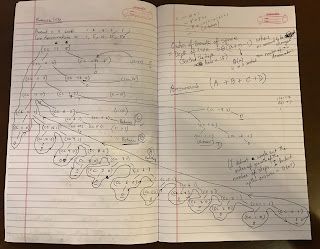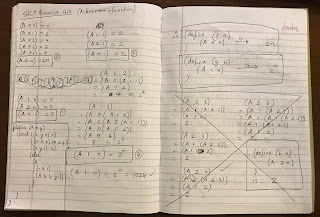SICP Exercise 1.33 Filtered Accumulator
Exercise 1.33. You can obtain an even more general version of accumulate (exercise 1.32 ) by introducing the notion of a filter on the terms to be combined. That is, combine only those terms derived from values in the range that satisfy a specified condition. The resulting filtered-accumulate abstraction takes the same arguments as accumulate, together with an additional predicate of one argument that specifies the filter. Write filtered-accumulate as a procedure. Show how to express the following using filtered-accumulate : a. the sum of the squares of the prime numbers in the interval a to b (assuming that you have a prime? predicate already written) b. the product of all the positive integers less than n that are relatively prime to n (i.e., all positive integers i < n such that G C D ( i , n ) = 1). SOLUTION ...




